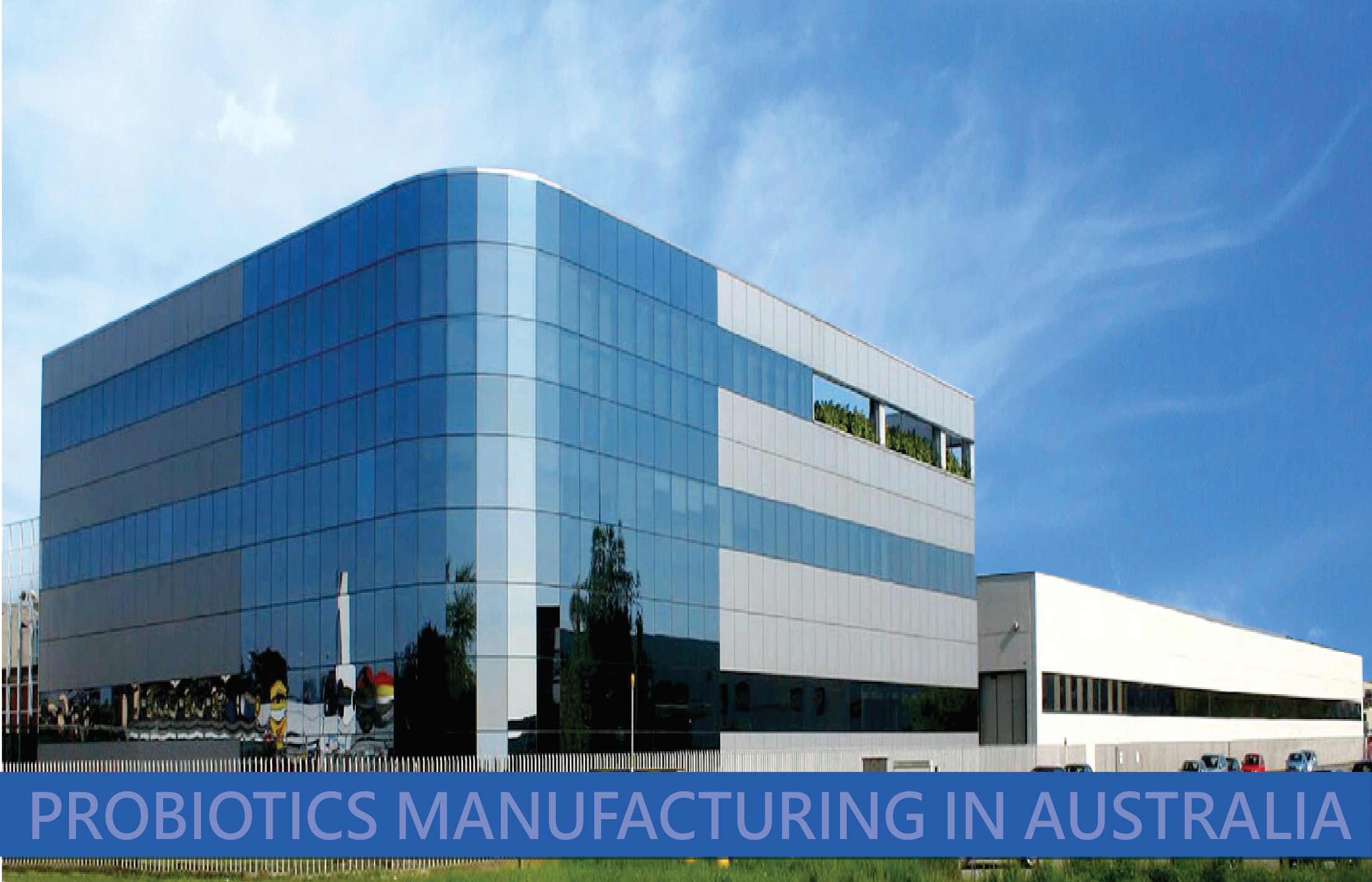
At VPROBIOTIC, our mission is to protect your gut and promote overall health. Our founder’s personal experience with IBS and Crohn’s disease inspired him to launch a brand that aims to prevent others from suffering the way he did. Our founder’s journey began with the loss of his grandfather to bowel cancer. Determined to find a solution and prevent others from experiencing the same pain, he delved into research on gut health and probiotics. He found that the gut plays a crucial role in our overall health, including food absorption, immune function, and even sending signals to the brain.
After trying several probiotics on the market, our founder discovered VSL#3, a product with over 100 clinical studies and proven effectiveness for conditions like Crohn’s disease and IBS. He launched the brand in Australia and New Zealand, and later for Medlab Clinical, he helped to launch their probiotics in multiple countries. In the past he has worked for companies like Sanofi, Abbott and Nestle Health Science in the Vitamin and Nutrition space.
Our founder was not satisfied with the available probiotics on the market. With the help of a friend, Mary Pei, he decided to launch his own brand: VPROBIOTIC. The “V” stands for power and protection, reflecting our commitment to protecting your gut and overall health. Our products are backed by clinical studies, and we offer a range of formulas to suit your specific needs. At VPROBIOTIC, we believe that a strong gut leads to a strong body and mind. We are dedicated to helping you and your family stay healthy and happy. Join us on our mission to protect and nourish your health and experience the power of VPROBIOTIC.
RESEARCH AND DEVELOPMENT
Research and development (R&D) for probiotics involves a variety of activities aimed at discovering, developing, and testing new probiotic strains and products. Here are some key aspects of probiotic R&D:
Strain Selection: One of the first steps in probiotic R&D is selecting the appropriate bacterial strains for a specific health benefit. This can involve screening large numbers of strains to identify those that exhibit the desired characteristics.
Formulation Development: Once a probiotic strain has been selected, the next step is to develop a formulation that will allow the bacteria to survive and remain stable during storage and consumption. This can involve selecting an appropriate carrier, such as a capsule or powder, and optimizing the production process.
Efficacy Testing: In order to demonstrate the health benefits of a new probiotic product, efficacy testing must be conducted in preclinical and clinical studies. This involves testing the product in animal models and human subjects to evaluate its safety and effectiveness.
Quality Control: Probiotic R&D also involves developing and implementing quality control measures to ensure that the product meets the required safety and quality standards. This can involve testing for bacterial purity, stability, and potency.
Regulatory Compliance: Probiotic R&D also involves ensuring compliance with regulatory requirements for safety and efficacy, including obtaining necessary approvals and certifications from regulatory agencies.
Market Research: Finally, probiotic R&D involves conducting market research to evaluate consumer demand and preferences, and to identify potential market niches and opportunities for new products. Overall, probiotic R&D is a complex and multi-disciplinary process that involves a range of activities aimed at developing safe, effective, and high-quality probiotic products.
TECHNOLOGIES
Several technologies are used in the development, production, and delivery of probiotics. Here are some key technologies used in the probiotics industry:
Fermentation: This is the traditional method of producing probiotics where bacteria are grown in a controlled environment. Fermentation can be used to produce a wide range of probiotics, including Lactobacillus and Bifidobacterium strains.
Encapsulation: This technology involves enclosing probiotic bacteria in a protective coating to enhance their stability and survival during storage and transit through the digestive tract. Encapsulation can also help to mask the taste and odor of probiotic products.
Freeze-drying: This is a process used to preserve probiotic bacteria by removing moisture from the product. Freeze-drying can help to improve the stability and shelf-life of probiotic products.
Microencapsulation: This technology involves encapsulating probiotic bacteria in a matrix of food-grade materials, such as proteins or polysaccharides. Microencapsulation can help to protect probiotic bacteria from harsh conditions in the gut and improve their survival rate.
Genetically modified organisms (GMOs): This is a controversial technology that involves modifying the genetic makeup of probiotic bacteria to enhance their functionality or stability. While GMOs are widely used in other industries, their use in probiotics is still under debate.
Next-generation sequencing: This technology involves analyzing the genetic makeup of probiotic bacteria to identify specific strains and monitor their presence in probiotic products and the gut microbiome.
Personalized probiotics: This is a relatively new area of probiotics research that involves using genomic and microbiome data to develop customized probiotics tailored to an individual’s specific health needs.
Overall, the use of these technologies in the development, production, and delivery of probiotics can help to enhance the stability, functionality, and effectiveness of probiotic products. However, it is important to note that the safety and efficacy of these technologies should be carefully evaluated and monitored.
